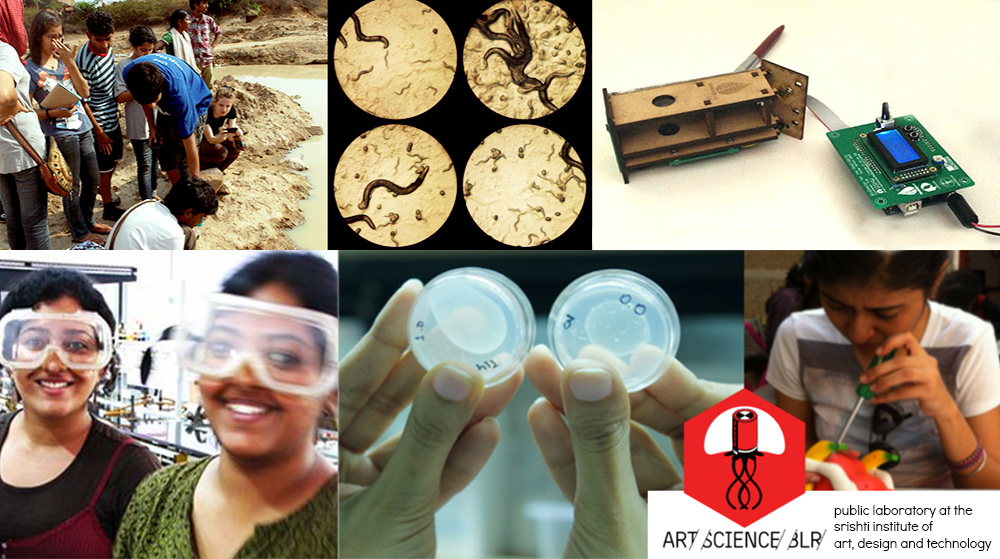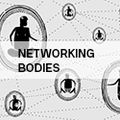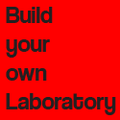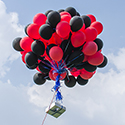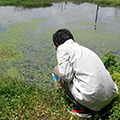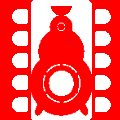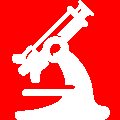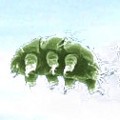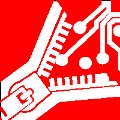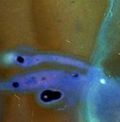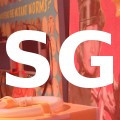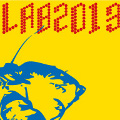Difference between revisions of "(Art)ScienceBLR"
| Line 14: | Line 14: | ||
<div class="eventsbanner">[[File:Events banner 1050X40.png|left]]</div></h2> | <div class="eventsbanner">[[File:Events banner 1050X40.png|left]]</div></h2> | ||
| − | |||
| − | |||
{| id="mp-bottom" style="vertical-align:top; background:#fff; color:#000; width:100%" | {| id="mp-bottom" style="vertical-align:top; background:#fff; color:#000; width:100%" | ||
| style="padding:2px;" | <h3 id="mp-tfp-h2" style="margin:3px; background:#ddcef2; font-size:120%; width="85%; font-weight:bold; border:1px solid #ccc; text-align:left; color:#000; padding:0.2em 0.4em">[[Networking Bodies]]</h3> | | style="padding:2px;" | <h3 id="mp-tfp-h2" style="margin:3px; background:#ddcef2; font-size:120%; width="85%; font-weight:bold; border:1px solid #ccc; text-align:left; color:#000; padding:0.2em 0.4em">[[Networking Bodies]]</h3> | ||
| Line 21: | Line 19: | ||
| style="color:#000; padding:2px;" | <div id="mp-tfp">[[File:Networking-bodies-125px.jpg|left|120px|upright]]</div> | | style="color:#000; padding:2px;" | <div id="mp-tfp">[[File:Networking-bodies-125px.jpg|left|120px|upright]]</div> | ||
Networking Bodies is a collaborative project between [http://www.philips.co.in/ | Philips] , [http://srishti.ac.in/centers-and-labs/srishti-labs | S.Labs] and [http://artscienceblr.org/ | (Art)ScienceBLR]. The project focuses developing Remote Health Monitoring systems. | Networking Bodies is a collaborative project between [http://www.philips.co.in/ | Philips] , [http://srishti.ac.in/centers-and-labs/srishti-labs | S.Labs] and [http://artscienceblr.org/ | (Art)ScienceBLR]. The project focuses developing Remote Health Monitoring systems. | ||
| − | |||
|} | |} | ||
| − | |||
| − | |||
{| id="mp-bottom" style="vertical-align:top; background:#fff; color:#000; width:100%" | {| id="mp-bottom" style="vertical-align:top; background:#fff; color:#000; width:100%" | ||
| style="padding:2px;" | <h3 id="mp-tfp-h2" style="margin:3px; background:#ddcef2; font-size:120%; width="85%; font-weight:bold; border:1px solid #ccc; text-align:left; color:#000; padding:0.2em 0.4em">[[DIY Laboratory@CUBEmumbai]]</h3> | | style="padding:2px;" | <h3 id="mp-tfp-h2" style="margin:3px; background:#ddcef2; font-size:120%; width="85%; font-weight:bold; border:1px solid #ccc; text-align:left; color:#000; padding:0.2em 0.4em">[[DIY Laboratory@CUBEmumbai]]</h3> | ||
| Line 31: | Line 26: | ||
| style="color:#000; padding:2px;" | <div id="mp-tfp">[[File:Wiki tile mumbai workshop.png|left|120px|upright]]</div> | | style="color:#000; padding:2px;" | <div id="mp-tfp">[[File:Wiki tile mumbai workshop.png|left|120px|upright]]</div> | ||
This three day workshop by (Art)ScienceBLR is open to Artists, Teachers, students, scientists. The workshop will cover Do it yourself techniques in building laboratory equipment. We will repurpose trash, consumer electronics to build scientific equipment and retake the scientific instrument from the establishment and institutions and turn it into a tool for personal enquiry and personal expression. We will discuss the aesthetics of the scientific instrument and other issues in Citizen Science. | This three day workshop by (Art)ScienceBLR is open to Artists, Teachers, students, scientists. The workshop will cover Do it yourself techniques in building laboratory equipment. We will repurpose trash, consumer electronics to build scientific equipment and retake the scientific instrument from the establishment and institutions and turn it into a tool for personal enquiry and personal expression. We will discuss the aesthetics of the scientific instrument and other issues in Citizen Science. | ||
| − | + | |} | |
| − | |} | + | |
| − | + | ||
| − | + | ||
{| id="mp-bottom" style="vertical-align:top; background:#fff; color:#000; width:100%" | {| id="mp-bottom" style="vertical-align:top; background:#fff; color:#000; width:100%" | ||
| style="padding:2px;" | <h3 id="mp-tfp-h2" style="margin:3px; background:#ddcef2; font-size:120%; width="85%; font-weight:bold; border:1px solid #ccc; text-align:left; color:#000; padding:0.2em 0.4em">[[Sensors, Probes and Detectors]]</h3> | | style="padding:2px;" | <h3 id="mp-tfp-h2" style="margin:3px; background:#ddcef2; font-size:120%; width="85%; font-weight:bold; border:1px solid #ccc; text-align:left; color:#000; padding:0.2em 0.4em">[[Sensors, Probes and Detectors]]</h3> | ||
Revision as of 18:46, 27 August 2016
(Art)ScienceBLR is a public laboratory at the Srishti Institute of Art,Design and Technology for artists and designers to engage with scientific practices. We look at the artistic, social and political implications of technologies from computing to biotechnologies. Our work exists at the intersection of art-science and pedagogy, creating spaces of dialogue and interaction between artists, designers and scientists. Since our inception in 2009 we have focused on using DIY techniques to build low-cost laboratory equipment, so as to offer more accessible forms of engagement with the life-sciences.We also run a community electronics and BioLab which encourages students and the community to make/hack and prototype. .
Networking Bodies |
|
Networking Bodies is a collaborative project between | Philips , | S.Labs and | (Art)ScienceBLR. The project focuses developing Remote Health Monitoring systems. |
DIY Laboratory@CUBEmumbai |
|
This three day workshop by (Art)ScienceBLR is open to Artists, Teachers, students, scientists. The workshop will cover Do it yourself techniques in building laboratory equipment. We will repurpose trash, consumer electronics to build scientific equipment and retake the scientific instrument from the establishment and institutions and turn it into a tool for personal enquiry and personal expression. We will discuss the aesthetics of the scientific instrument and other issues in Citizen Science. |
Sensors, Probes and Detectors |
|
Sensors,probes and detectors is a gentle introductory class to electronics. In the context of art, sensors are important because they form a bridge between the natural world and the digital.From a design perspective, they are vital to creating interactive objects. |
|
